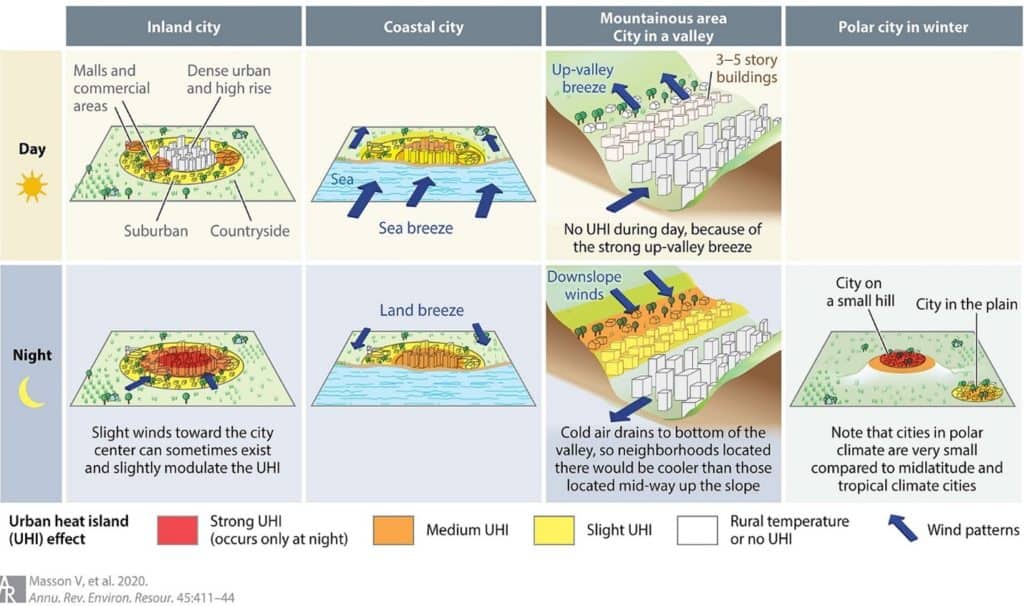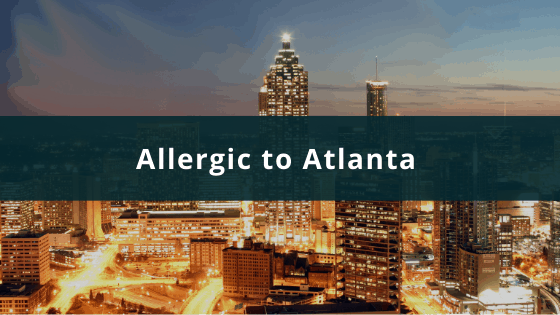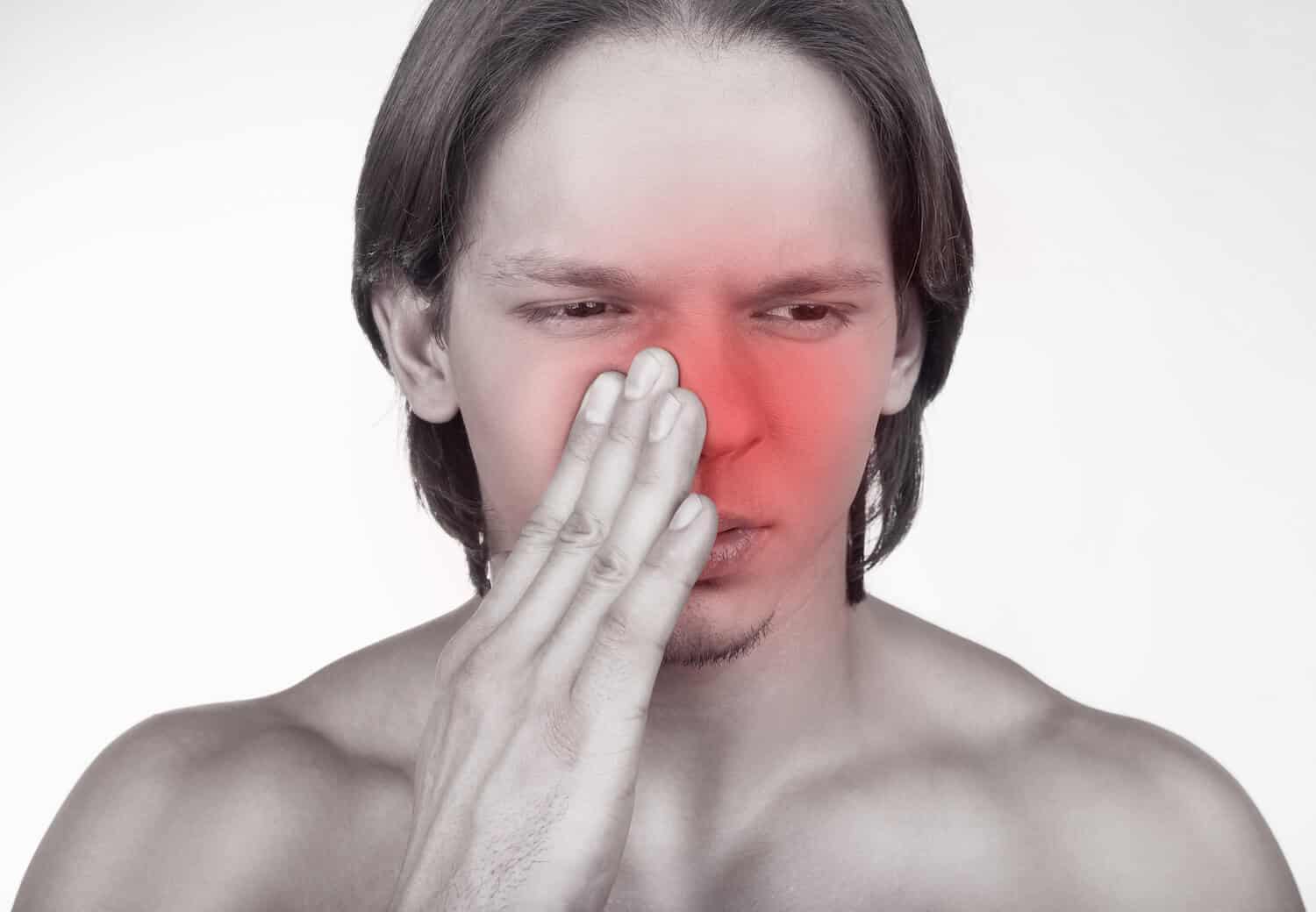I have been in the metro-Atlanta area now for over 25 years and in that time, I have known many people who have commented that they were “allergic to Atlanta”. In this period, and with the work I’ve done in chronic sinusitis, especially related to mold and now my work in mold exposure, I can conclude that they are right. There are people that are allergic to Atlanta.
This summer has been particularly bad for many patients. Many who have been stable for years are returning with worsening chronic sinusitis, requiring more than maintenance therapy. The reason is that this is one of the wettest, hottest, and most humid summers in a long time and it is causing a significant increase in atmospheric mold counts.
Approximately 20-25% of the population in the United States has problems with mold, which can present in many ways – anywhere from fatigue-associated joint and muscle pain and brain fog of varying degrees, all the way to invasive fungal disease of the sinuses. The most common illness that I deal with in association with mold is recurrent sinusitis. Despite aggressive medical and surgical management, many of these patients suffer with a recurrence of infections, which is not only frustrating, but in many ways debilitating.
Over the years, several of these Atlanta-Allergy sufferers (patients) have re-located to what I consider sinus-friendly areas and are relatively symptom free. These areas include almost anywhere other than the Southeast, especially areas that are much more arid. However, it is a bit more complicated than that.
Last year one of these patients moved to coastal North Carolina and since that time has not had a sinus infection. Even more intriguing are several patients that moved to coastal Florida, who have seen a significant improvement in their symptoms. How could this be? These two areas are also hot and humid, especially Florida, so why do their symptoms improve?
The answer: Atlanta is an inland city. Inland cities are usually surrounded by rural areas that are nothing more than islands made up of concrete, steel, and asphalt. During the day, especially in the summer, this city island absorbs the heat from the sun’s rays and retains it. Then at night, as the land cools, the city island’s temperature is higher compared to the surrounding areas. This causes the wind to flow inward towards the city. See diagram. The wind currents allow for mold, pollen, and other sinus offenders to accumulate in the greater Atlanta area, worsening the Atlanta-Allergy sufferers symptoms.
In coastal areas, breezes blow inland during the day and out to sea at night, so there is no accumulation of allergens – especially molds that concentrate as they do here in the metro-Atlanta area. Therefore, many patients have fewer sinus symptoms in coastal areas, such as Florida, despite it being as hot and humid, if not hotter and more humid than Atlanta.

Unfortunately, many patients cannot just up and re-locate and it is understandable. Regardless, it does not change the fact that for those chosen few, metro-Atlanta is a contributing factor to their inability to get well.







